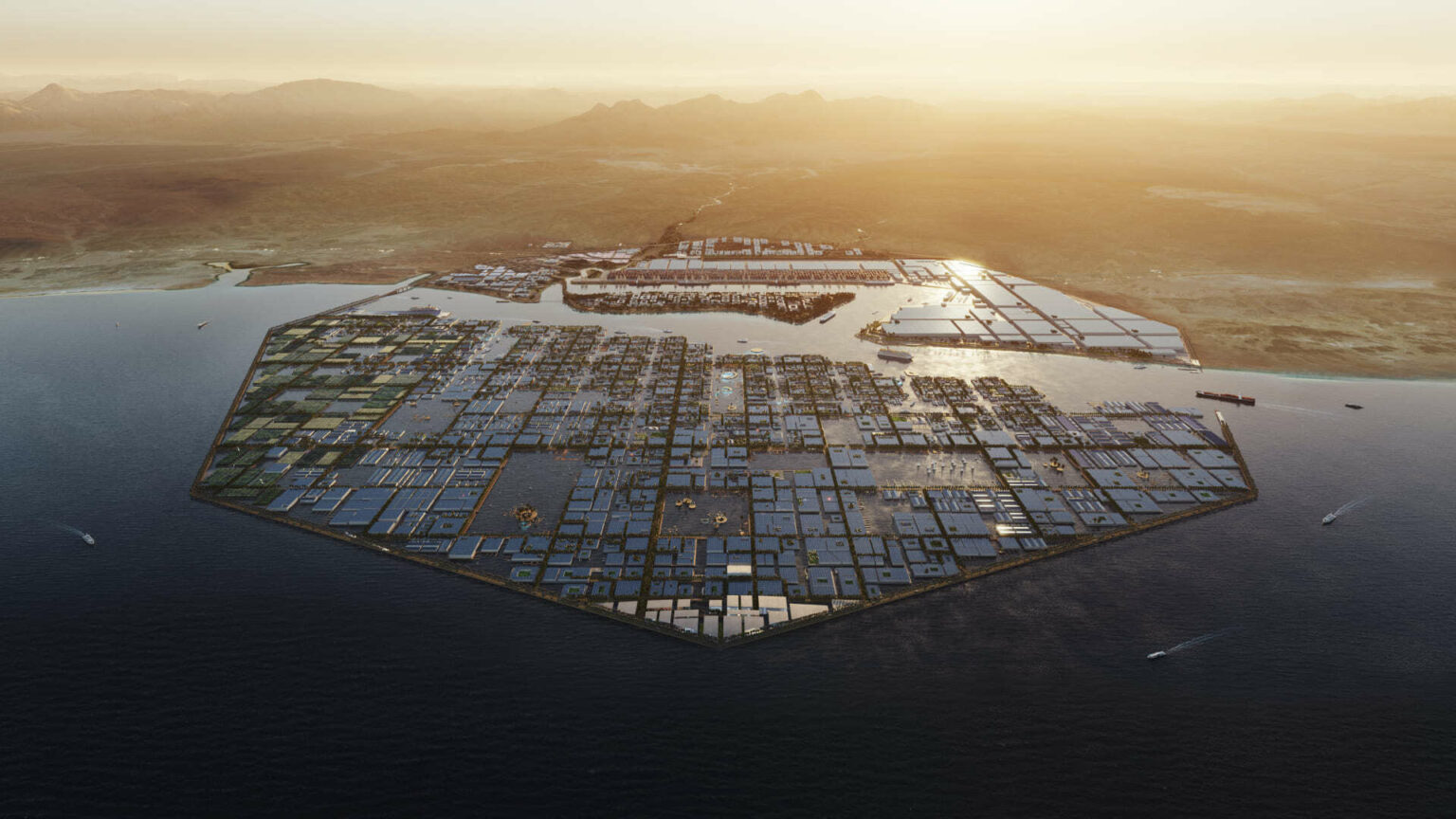Saudi Arabia, under Crown Prince Mohammed bin Salman’s ambitious Vision 2030 program, has faced setbacks in its plans for the Neom project, a futuristic desert development aimed at diversifying the oil-dependent economy.
Recent reports suggest a significant reduction in the project’s scale, raising questions about its impact and the broader goals of economic transformation.
Initially envisioned to accommodate 1.5 million residents by 2030, Neom’s centerpiece, “The Line,” now faces a downsizing of its ambitions. Instead of the grandiose vision, officials now expect fewer than 300,000 residents to inhabit the sprawling city. This scaling back represents a substantial departure from earlier projections and underscores the challenges in realizing the project’s full scope.
Neom’s downsizing reflects broader concerns within the Saudi government about the pace and feasibility of Vision 2030 initiatives. As the kingdom grapples with the need to diversify its economy away from oil dependence, the setback highlights the complexities of executing large-scale development projects. Delays and revisions to Neom’s timeline could have ripple effects on other Vision 2030 endeavors.
As Saudi Arabia recalibrates its approach to Neom, it faces critical decisions about resource allocation, project management, and strategic partnerships. The kingdom’s ability to navigate these challenges will shape the trajectory of Vision 2030 and determine its success in achieving long-term economic diversification. Neom’s evolution serves as a testament to the complexities inherent in pursuing transformative development agendas.
